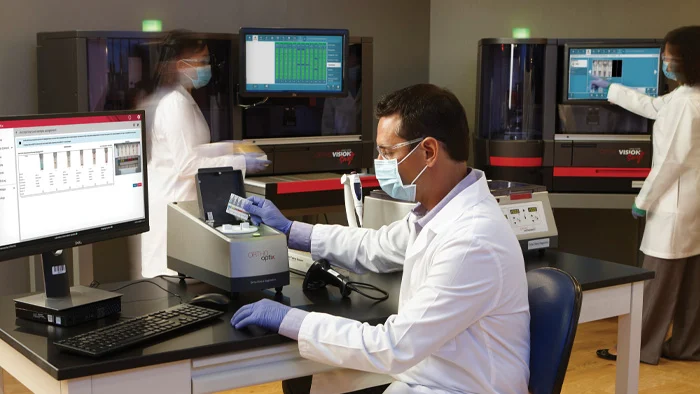In the field of orthodontics, accuracy is crucial. Moreover, in this line of work, even a small mistake can have a big influence on a patient’s dental health and general wellbeing. Every effective orthodontic procedure is the result of extensive research, careful preparation, and a comprehensive set of documents that serve as a roadmap for the procedure. These unsung heroes of the orthodontic profession are collectively referred to as ortho technical documents.In this post, we shall delve into the intriguing world of ortho technical documents, as well as their significance and contribution to the artistic nature of orthodontic therapy.
The Foundation of Orthodontic Excellence
Tooth alignment is only one aspect of orthodontics. It aims to make the patient’s bite, jaw alignment, and facial appearance better. These objectives demand meticulous planning and exact execution. Technical documents for orthopedics are useful in this situation. They act as the cornerstone on which excellence in orthodontics is constructed.
A thorough evaluation and diagnosis precede orthodontic therapy. Dentists and orthodontists evaluate the patient’s condition using a number of diagnostic methods, including X-rays, pictures, and imprints. The creation of ortho technical documentation begins with these initial records.
1) Treatment Plans: The treatment plan is the foundation of ortho technical documentation. Furthermore, this paper outlines the orthodontist’s treatment plan for the patient’s difficulties, detailing braces or aligners, treatment duration, and potential extractions or surgeries. It acts as the orthodontist’s guiding roadmap.
2) Diagnostic Records: For a complete understanding of the patient’s condition, clear and accurate diagnostic records are essential. These documents include X-rays, which shed light on the placement of teeth and the condition of the supporting structures, and pictures, which aid in evaluating facial features and tracing changes over time. Moreover, to develop models that assist in treatment planning and progress monitoring, the orthodontist takes impressions of the patient’s teeth.
3) Progress Records: As orthodontic treatment goes on, orthodontists use progress records to assess the efficacy of the selected treatment strategy. These documents contain up-to-date images, X-rays, and impressions. Orthodontists can adjust the treatment plan as needed to keep it on track by comparing these records to the initial diagnostic records
4) Appliance Specifications:Exact specifications are necessary for orthodontic appliances like braces or aligners. Furthermore, orthodontic technical documentation provides comprehensive details on the dimensions, configuration, and placement of these products. With the aid of this knowledge, the dental laboratory and orthodontist may create appliances that fit comfortably and produce the intended effects.
The Artistry of Orthodontic Documentation
Ortho technical documents, seemingly simple collections of data, are true works of beauty. They require careful attention to detail, expert understanding, and dedication to accuracy. The artistry of orthodontics shines through in the following ways:
- Customization: Each patient’s uniqueness drives personalized care. Ortho technical documents guide tailored treatment, like an artist selecting the perfect color palette.
- Predictive Power: These documents offer glimpses into the future, helping orthodontists forecast smile changes. It’s akin to a sculptor envisioning a sculpture within a block of marble.
- Communication: They ensure clear, concise communication among the dental lab, orthodontist, and healthcare team.
- Continuous Improvement: Orthodontic therapy is dynamic, allowing ongoing adjustments to create a masterpiece of oral health and beauty.”
